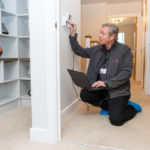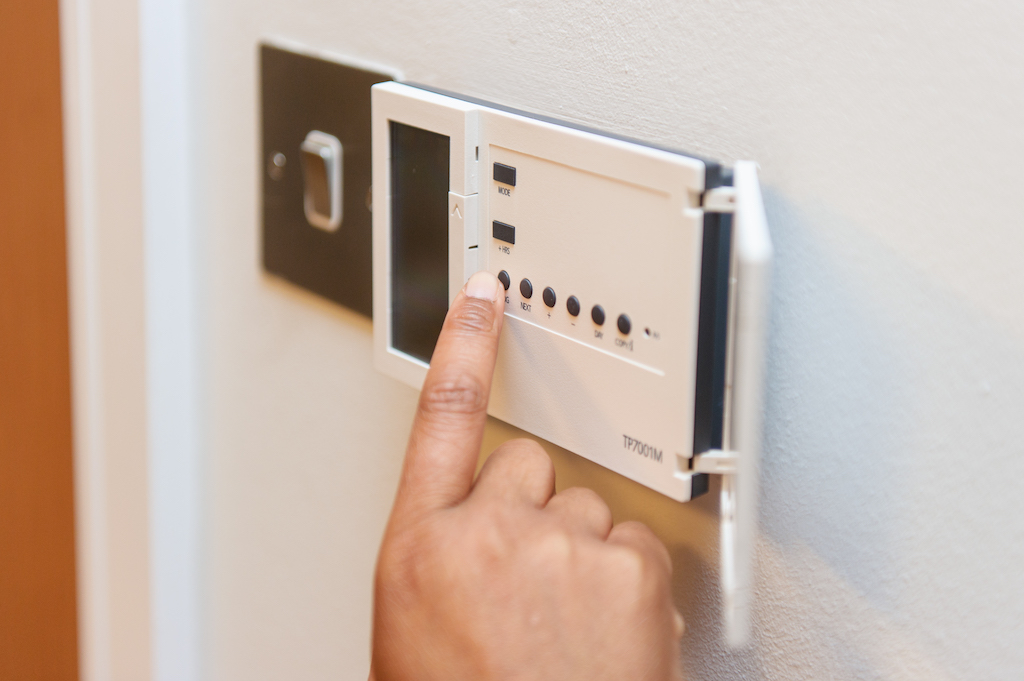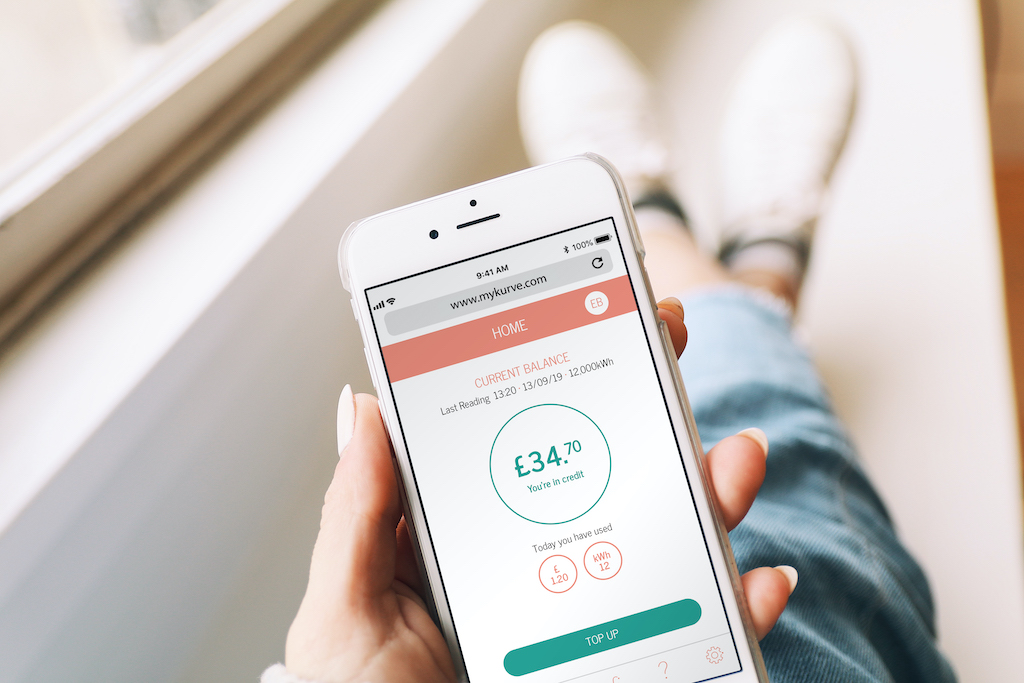If the UK is to cost-effectively meet its deadlines for net-zero carbon emissions, it’s estimated that around 18% of our heat supply must come from communal or district heating by 2050 – up from 2% in 2018. As the century progresses, we can expect even more carrot and stick incentives from government, like newly passed legislation in Scotland designed to increase the number of homes heated by heat networks by over 600,000 in under a decade.
This means many more developers outside London (which already has a mature communal heating sector) will need to become rapidly conversant with the various technology options, the potential risks and pitfalls, and their legal obligations with respect to heat networks.
Time and effort invested in getting this right for the long term will be well spent. Heat networks take up less space, use less energy and cost less than single-dwelling heat sources like boilers, but operating inefficiencies can impair some of these advantages. User requirements must be understood and incorporated into planning processes, meaning early dialogue is key. Being stuck with a system that’s unfit for purpose or fails to meet regulatory requirements can be a huge headache for those managing and occupying new developments, resulting in high energy consumption, poorly heated homes or even an expensive and difficult retrofit – all of which mean a reputational body blow for developers.
Why pay-as-you-go?
A central component of heat networks too often overlooked until it’s too late is metering and billing. With the recent update to the Heat Network (Metering & Billing) Regulations (2014), individual meters for final customers that provide accurate, detailed and transparent usage data are now a legal requirement in most cases. It’s perhaps less widely known, however, that the right pay-as-you-go (PAYG) smart meters can also reduce operational costs and energy tariffs and significantly lower emissions.
PAYG solutions are often thought of as a means of reducing energy-debt risk for landlords or tenants – and they do indeed all but eradicate it. They can attract some stigma among residents, particularly those unfamiliar with them if they’ve only ever lived with traditional utility company credit billing. However, they also provide easy access to real-time usage data, which has numerous additional benefits. It generates a reduction in customer energy consumption of up to 20%. And it almost always helps network managers to quickly spot, pinpoint and remotely fix any issues affecting the efficiency of the system, avoiding user complaints, engineer callouts or prolonged energy waste.
Low-cost options
The upfront cost of installing state-of-the-art smart meters can still be off-putting to developers, however, particularly outside London.
The sector, however, is going through a digital revolution and new systems on the market, such as KURVE, which is based around a wireless web-app, can reduce capital expenditure by 60%, because there’s no need to instal in-home display units in every property. Customers can access their usage data and manage their accounts at any time from any internet device. This also means maintenance and operational costs are reduced by up to 48% and the annual cost of billing users drops by 17%.
All of these savings put smart meters and Internet of Things (IoT) functionality within the reach of developers and their customers around the country. Those that understand their options will be at a distinct advantage.











